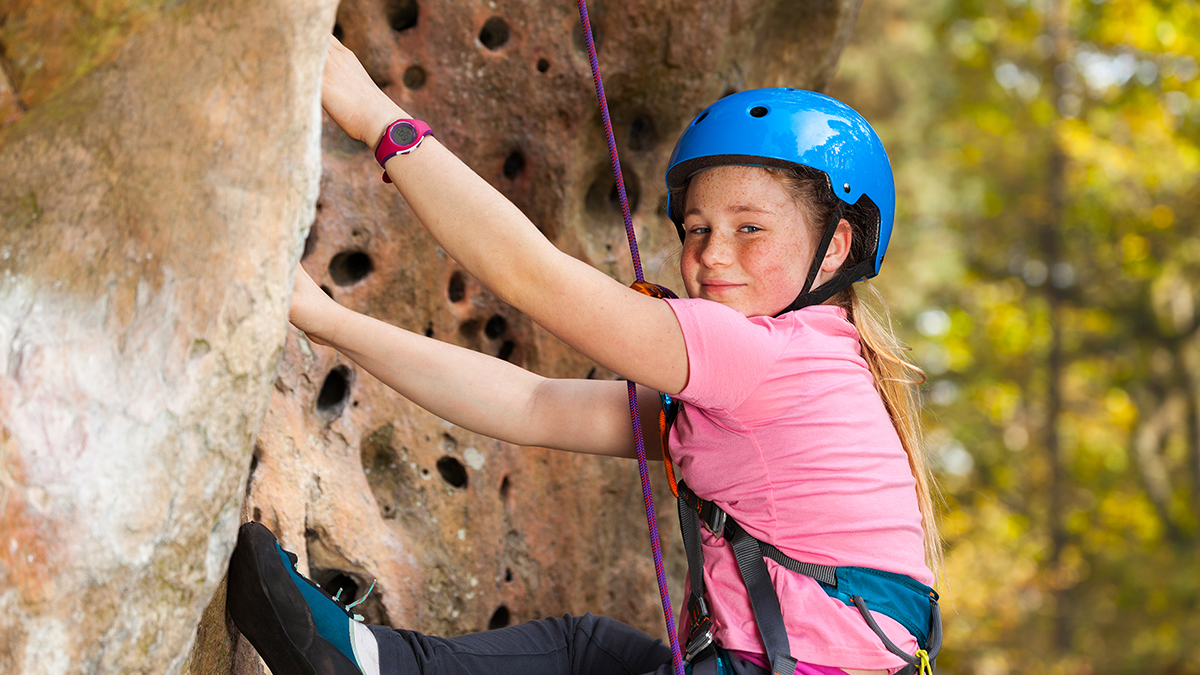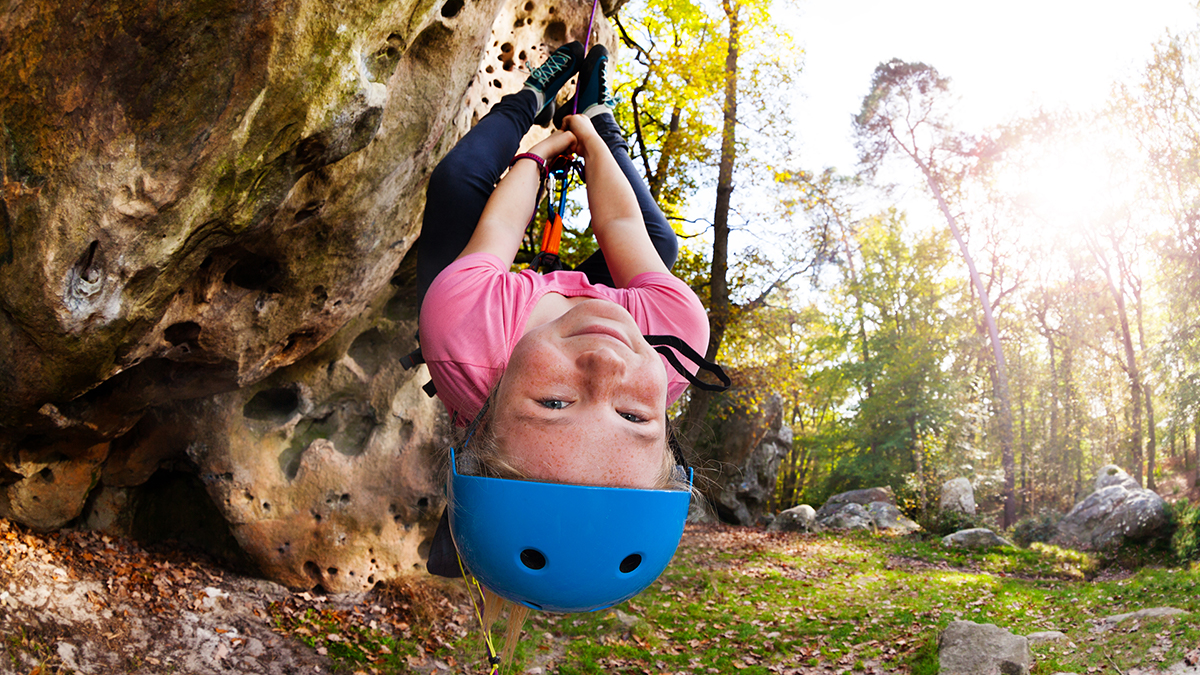
What Age Should Kids Start Climbing?
June 22, 2018
Benefits
Climbing, hill walking and mountaineering are activities that are physically and mentally demanding as well as incredibly fulfilling.
They can also lead to lifelong participation. This helps individuals keep fit throughout their lives and provides opportunities for long-term friendships to develop.
People of all ages and abilities, from all backgrounds, cultures, races, orientations and religions can enjoy these activities. Disability should not be seen as a barrier to participation. Additionally, those keen to learn often acquire a host of new life skills and quickly develop a sense of personal responsibility that can stand them in good stead throughout their lives. These benefits need to be balanced against the risks involved. There is no getting away from the fact that climbing, hill walking and mountaineering involve a level of risk. Many people welcome this, feeling it adds a vital element to their lives.
Risks
The BMC Youth Participation Statement is very clear and needs to be read carefully. It states:
Parents and young participants should be aware that climbing, hill walking and mountaineering are
activities with a danger of personal injury or death. Parents and participants in these activities should be aware of and accept these risks and be responsible for their own actions and involvement.
Injuries are possible in climbing, hill walking and mountaineering, as in all sporting activities, as a result of overtraining, inappropriate training regimes, or poor technique as well as those that might be sustained during a slip or fall, or if something or someone falls on a person.
Risks need to be put in context. There are currently about five million climbing wall user visits annually and it has been estimated that between the 1960s and 2008 there were approximately 50 million climbing wall user visits in the UK alone. During that period there was one fatality at a wall in England and Wales and that involved an adult. There are 13 million young people in this country. Approximately 700 have fatal accidents every year. Of these, 457 are land transport accidents (National Statistics). This compares with approximately one child death per year in organized adventurous activities.
On the other hand, activities in which risk management is an integral part can play a vital role in helping young people to acquire these extremely important life skills.
Child Protection
The BMC Child Protection Policy is available on the BMC website. Parents or children with concerns
about inappropriate or abusive behaviour should contact the BMC Youth Officer by telephoning the
BMC office as set out in the BMC Child Protection Policy. Contact details for the BMC, NSPCC and
Childline are given at the back of this leaflet.
Main Activities
There are many different activities described as climbing, hill walking or mountaineering. Many
are outdoor activities whilst others take place on indoor climbing walls. Some activities are usually
carried out with ropes to help manage the risks; while others, such as bouldering and hill walking,
are invariably undertaken without ropes.
The main activities are:
- Bouldering is a form of climbing usually practiced on small rocks and boulders (hence the name),
or at indoor walls. As the climber doesn’t go very high it is often possible to jump back down.
Some people carry padded mats to jump down onto in order to help reduce impact on landing.
Specialist rock shoes are an advantage.
- Rock climbing with ropes can be done indoors or outdoors and usually involves two people
(but it can be a group). The person climbing is tied to a rope that is controlled by another person.
The aim of controlling the rope is to prevent injury should the climber fall. Controlling the rope is
called belaying and the person doing this is called the belayer. Again, specialist rock shoes are
an advantage. Climbing harnesses and ropes are needed as well as other equipment.
There are two main forms of roped climbing:
Top roping
This is where the climber is secured with a rope from above, so that if he or she falls
it won’t be far. This can also be called seconding or bottom roping depending on the position of
the belayer.
Leading
this is where the rope is not secured above the climber, but instead is trailed by the climber and
controlled entirely from below. Various sophisticated systems, depending on the type of climb, are used to protect the climber should they fall. This requires higher levels of skill and judgement and so is notusually attempted until a person has gained experience and feels ready to do this.
Climbing outside
Climbing allows me to share a common interest with my children, that will give us years of trips and experiences together long after many other interests fade away



